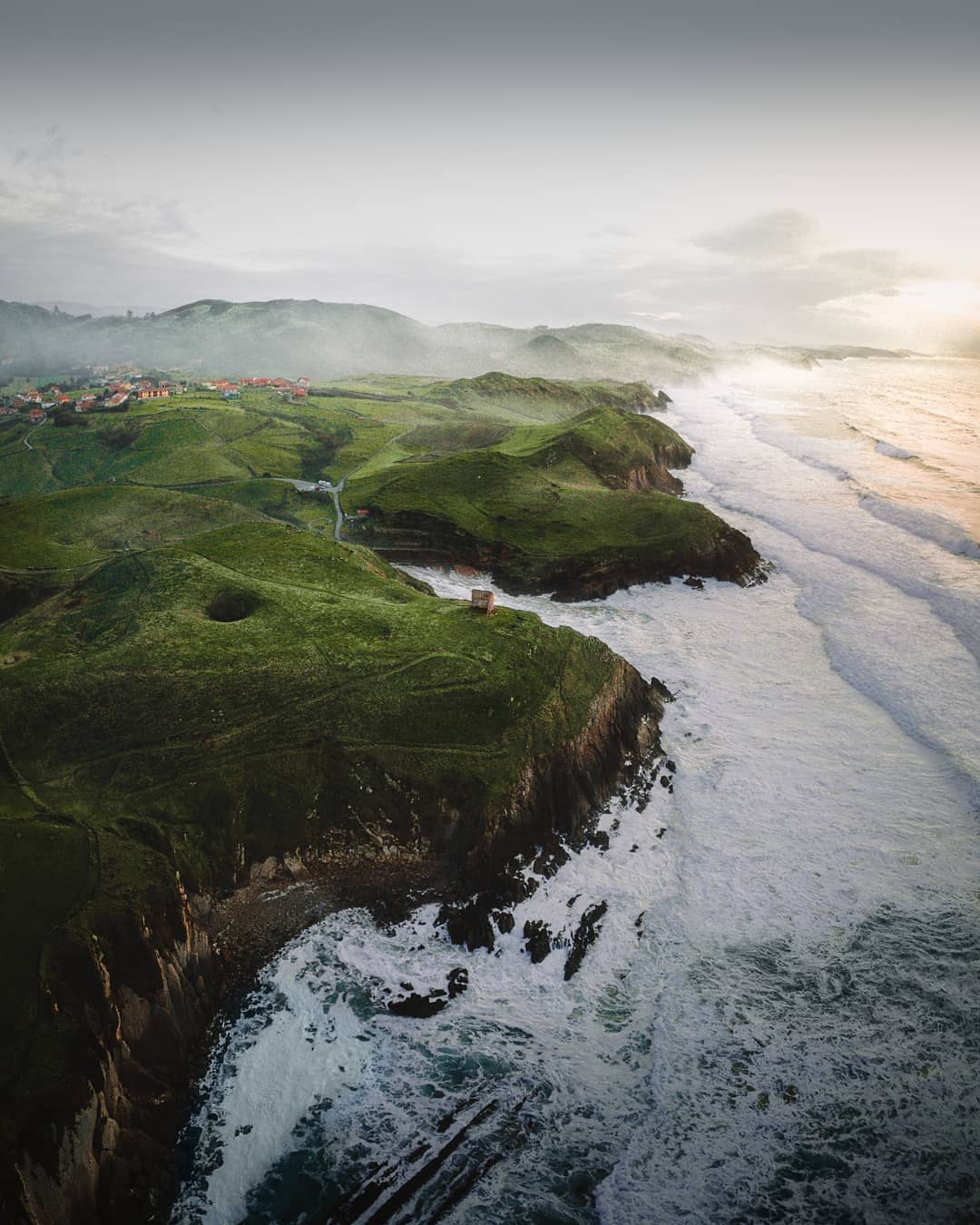Rumor has it that Cantabria (one of Spain’s northern regions) is one of the greenest and most unique regions in the country. It was pouring when I got there, and I feared I would hardly be able to challenge this reputation. Nevertheless I immediately understood that there is, indeed, something special about Cantabria.
Blessed with a breathtaking coast and seaside towns and villages which are full of character; but at the same time enjoying majestic mountains, deep valleys and charming mountain villages, Cantabria has yet to be discovered by mass tourism and this is perhaps what makes it all the more interesting.
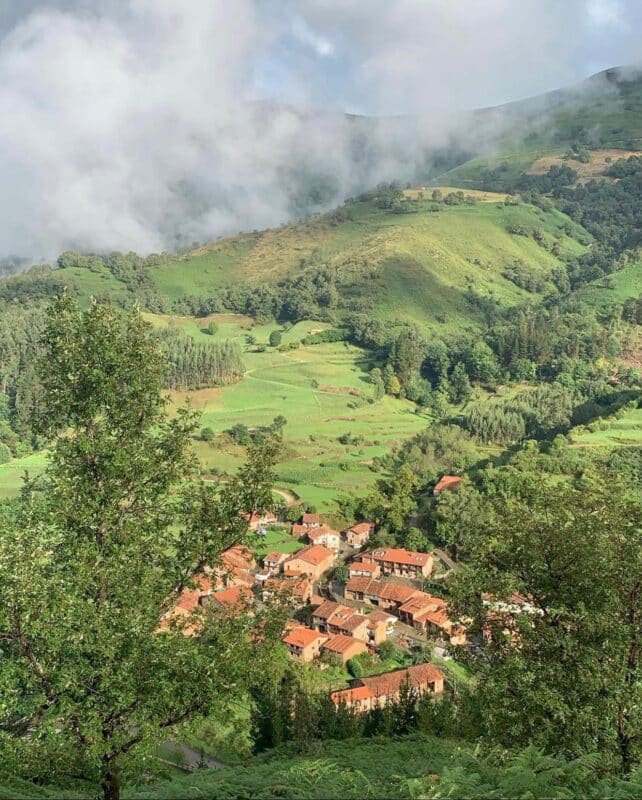
I suppose it is only a matter of time until more tourists finally discover Cantabria, whose splendid capital Santander is well connected to the United Kingdom and to the rest of Europe via direct budget airlines flights.
Furthermore, Cantabria is crossed by the Camino del Norte route to Santiago de Compostela, one of the pilgrims route to Santiago, which slowly but steadily attracts more and more pilgrims for being a more scenic (and actually more challenging) walk.
Sure enough, I felt truly privileged to be able to visit this beautiful part of Spain, which captured me with its beautiful small towns – some by the sea, others more inland, its unique archeological sites, its untouched nature, its gorgeous beaches and its welcoming people.
Castro Urdiales
Cantabria capital Santander is packed with elegant buildings, beautiful golden beaches, and layers of history. This is where Spanish aristocracy came to spend the summer months in the early 20th century, once it became the favored summer residence of King Alfonso XIII.
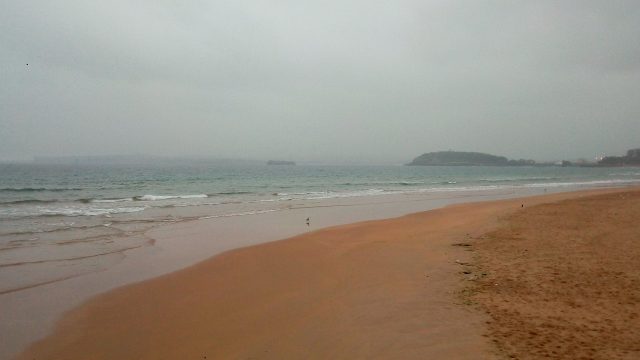
I am not one for big cities, but I must admit that Castro Urdiales captured my attention.
Located in the Bay of Biscay, this is a modern town with a beautifully kept town centre, characterized by houses with wooden balconies of medieval origins.
The most interesting building in town is the church of Santa Maria, a basilica church in gothic style which is located on a peninsula that dashes into the – sometimes rough – sea. The sight of the church against the blue of the sea and with the port of Castro Urdiales at the back is simply spectacular.
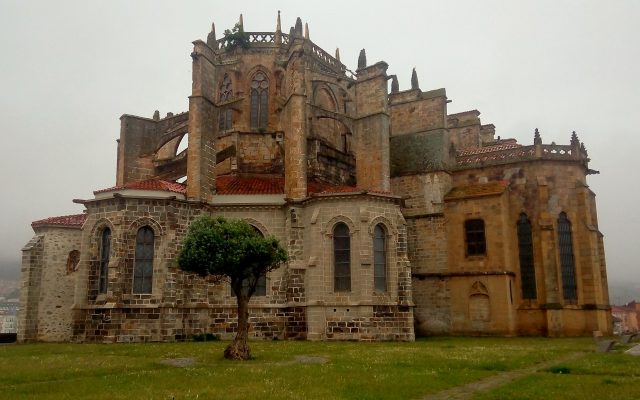
Yet, it is Santillana del Mar that made me fall in love. This perfect little medieval village is charming even under the incessant Cantabrian rain. Santillana del Mar is also known as the “town of the three lies” as it is neither “saint” (santo), flat (llano) or by the sea (mar) as it is otherwise implied by its name, which actually derives from San Juliana (or Santa Llana) whose remains are guarded in the Colegiata Romanesque church (and former Benedectine monastery).
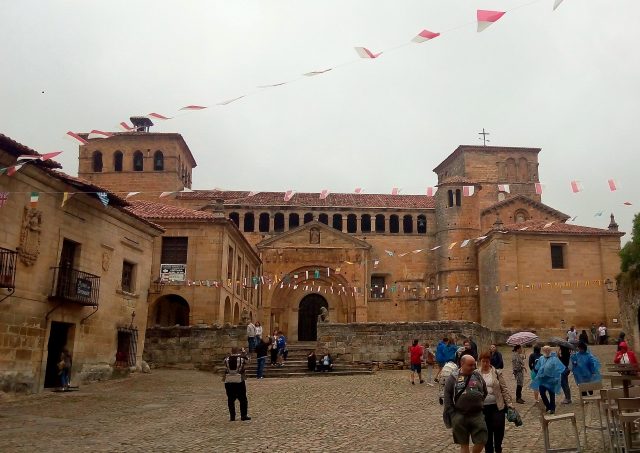
Altamira Caves
One of the most interesting places to visit in Cantabria is the Altamira Museum, which hosts a perfect reproduction of the Altamira Caves, now closed to the public in order to be preserved: only five persons are allowed to go in, every Friday, pending a lottery among the visitors of the museum and under strict surveillance to keep the environment of the cave intact.
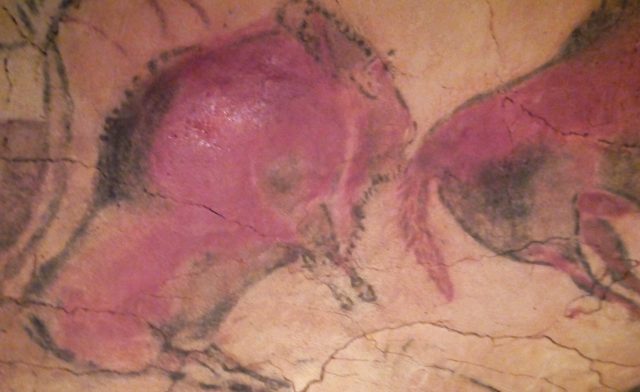
Altamira Caves, which is a UNESCO World Heritage Site, contain some of the best examples of prehistoric art, with paintings that are up to 16000 years old and that are considered a masterpiece of the creative genius and a testimony of humanity’s earliest accomplished art. The paintings represent bisons, deers, boars and horses and they have been painted using natural colors such as ochre and charcoal was used to outline the drawings.
Camino Lebaniego
It was only when I hiked part of the Camino Lebaniego that I got a full understanding of how green Cantabria actually is.
The Camino Lebaniego is a 65 km route that if often used by pilgrims to move from the Camino del Norte route to the Camino Frances.
Those walking the Camino Frances may want to move to the Camino del Norte for its more varied (and greener) landscapes, cooler weather and as it is significantly less crowded. Those walking the Camino del Norte on the other hand may feel the need to enjoy sunnier days and easier hikes, and to meet more pilgrims.
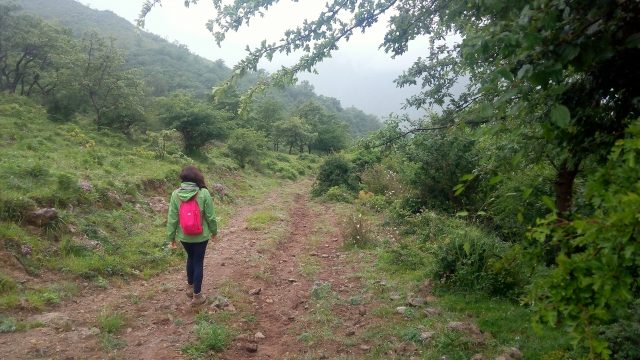
Either way, the Camino Lebaniego doesn’t fail to amaze those who walk it. The views are simply stunning: picture small villages that seem to come out of a fairytale; creeks with the clearest waters that run along deep valleys; high peaks that invite visitors for a hike. Add to this a traditional lifestyle, the kind of life where a herd of goats stop the traffic and the dogs are concerned that each one keep up with the group, and where shepherds ask passersby if they are willing to help.

I walked from Collado de Hoz to the Mirador Santa Catalina and it was simply stunning, despite the rain. The scenery was as green as it could get, and nobody was in sight: it was totally peaceful. And the views from the Mirador Santa Catalina breathtaking. I even took the cable car from Fuente De to El Cable, but the bad weather obstructed the view. Yet, I can imagine it must be amazing on clear days – after all, Cantabria is home to the Picos de Europa National Park, one of the most beautiful mountain ranges in Europe.
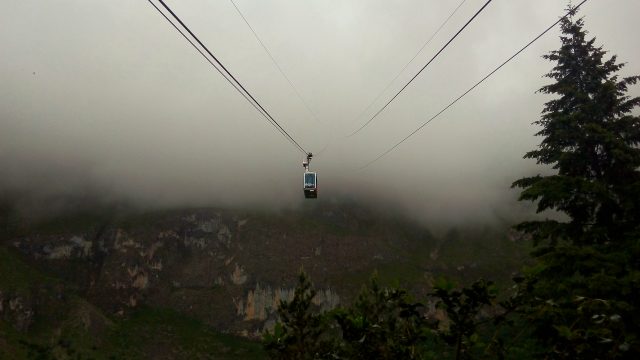
Albergue de Güemes
As I have already said, the Camino del Norte to Santiago de Compostela goes through Cantabria. There are various hotels and bed and breakfast along the route, but most pilgrims opt to stay in hostels, who always give them a warm welcome.
Albergue de Güemes is one of them. It is the kind of place where the atmosphere is so friendly and the vibes so good that pilgrims often return to spend a few weeks after having completed the Camino. Here, pilgrims share their home cooked meals; they have a comfortable bed to rest; facilities to wash and dry their clothes (something whose importance should never be underestimated, especially when on the constant go and with little time to properly dry clothes!). There even is a library and a multi-faith chapel. And the surroundings are idyllic.

It is only a matter of time until more people discover the beauty of Cantabria! Have you ever been there? What did you like the most about it?
Legal Disclaimer: This article is written in partnership with Spain Tourism Board and the local tourism board of Cantabria as part of the #InGreenSpain and #VisitSpain campaigns. All the views and opinions expressed are my own and based on my personal experience. The views expressed are honest and factual without any bias.

